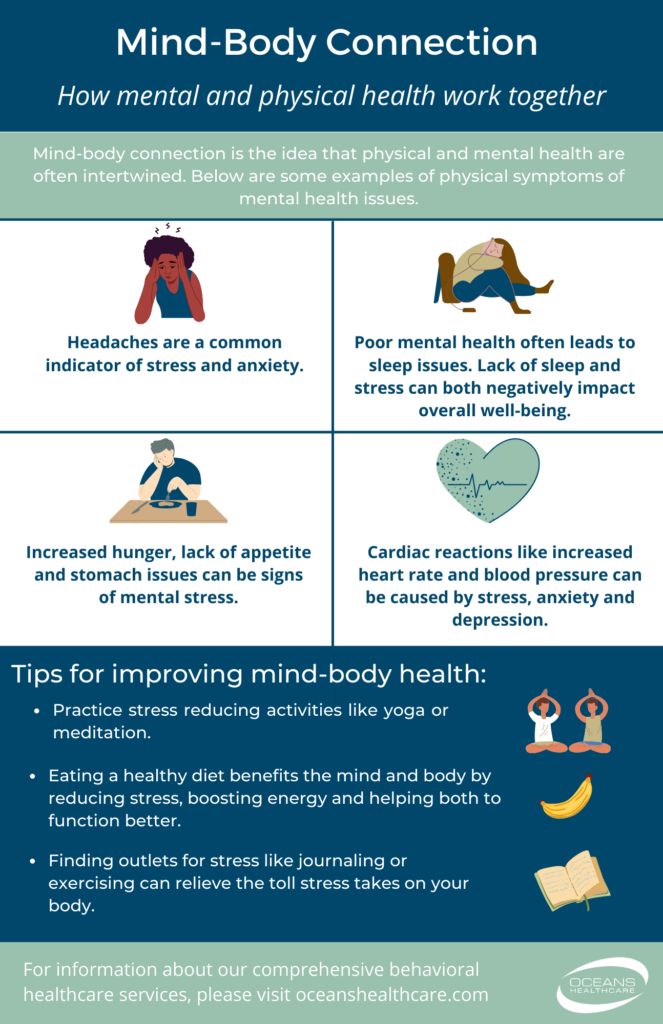In today’s fast-paced world, the prevalence of chronic diseases such as diabetes, heart disease, and obesity is on the rise. While advancements in medicine have helped manage these conditions, prevention is always better than cure. One of the most effective ways to prevent chronic diseases is through regular exercise.
Understanding Chronic Diseases
Chronic diseases are long-term conditions that often develop over time and are typically caused by a combination of genetic, environmental, and lifestyle factors. They can have a significant impact on an individual’s quality of life and can lead to complications if left untreated.
Some of the most common chronic diseases include diabetes, cardiovascular disease, obesity, and cancer. These conditions can be costly to manage and can result in a reduced life expectancy if not properly addressed.
The Benefits of Exercise
Exercise is one of the most powerful tools available to prevent chronic diseases. Regular physical activity has been shown to have numerous benefits for both physical and mental health. It can help reduce the risk of developing chronic conditions, improve overall well-being, and enhance quality of life.
One of the key benefits of exercise is its ability to help maintain a healthy weight. Obesity is a major risk factor for many chronic diseases, including diabetes and heart disease. By engaging in regular physical activity, individuals can control their weight and reduce their risk of developing these conditions.
Exercise also plays a crucial role in maintaining cardiovascular health. Regular physical activity can help lower blood pressure, improve cholesterol levels, and reduce the risk of heart disease. It can also help prevent stroke and other cardiovascular complications.
How Much Exercise is Enough?
The amount of exercise needed to prevent chronic diseases can vary depending on individual factors such as age, fitness level, and health status. However, in general, experts recommend at least 150 minutes of moderate-intensity exercise per week for adults.
Examples of moderate-intensity exercise include brisk walking, cycling, swimming, and dancing. These activities can help improve cardiovascular fitness, build muscle strength, and enhance flexibility. They can also help reduce stress and improve mental health.
For those looking to prevent chronic diseases, it is important to gradually increase the intensity and duration of exercise over time. This can help build endurance and improve overall fitness levels, reducing the risk of developing chronic conditions.
Getting Started with Exercise
For individuals looking to prevent chronic diseases through exercise, it is important to start slow and gradually increase activity levels. Consulting with a healthcare provider or fitness professional can help determine the best exercise plan based on individual needs and goals.
Setting realistic and achievable goals is key to maintaining a consistent exercise routine. Finding activities that are enjoyable and engaging can also help ensure long-term adherence to an exercise program.
Whether it’s joining a gym, taking up a new sport, or simply going for a daily walk, finding ways to incorporate physical activity into daily life is essential for preventing chronic diseases and promoting overall health and well-being.
Conclusion
Regular exercise plays a crucial role in preventing chronic diseases such as diabetes, heart disease, and obesity. By engaging in regular physical activity, individuals can improve their overall health and well-being, reduce the risk of developing chronic conditions, and enhance quality of life.
It is never too late to start incorporating exercise into daily life. Taking the first step towards a more active lifestyle can have a profound impact on long-term health and can help prevent the onset of chronic diseases. So lace up those sneakers, grab a friend, and start moving towards a healthier future today!
